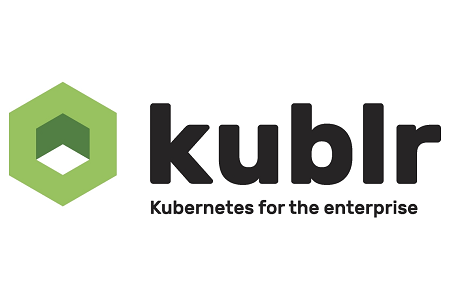Building Everything-as-Code? Learn These CI/CD Processes and Tools First
Here at Kublr we always emphasize how important it is to understand the foundations of Kubernetes (K8s) and its operations tools so you can more efficiently manage your applications and simplify your cloud-native development workflow. Understanding these components on the front end is equally important as we begin our build processes, especially when building with an everything-as-code approach.











